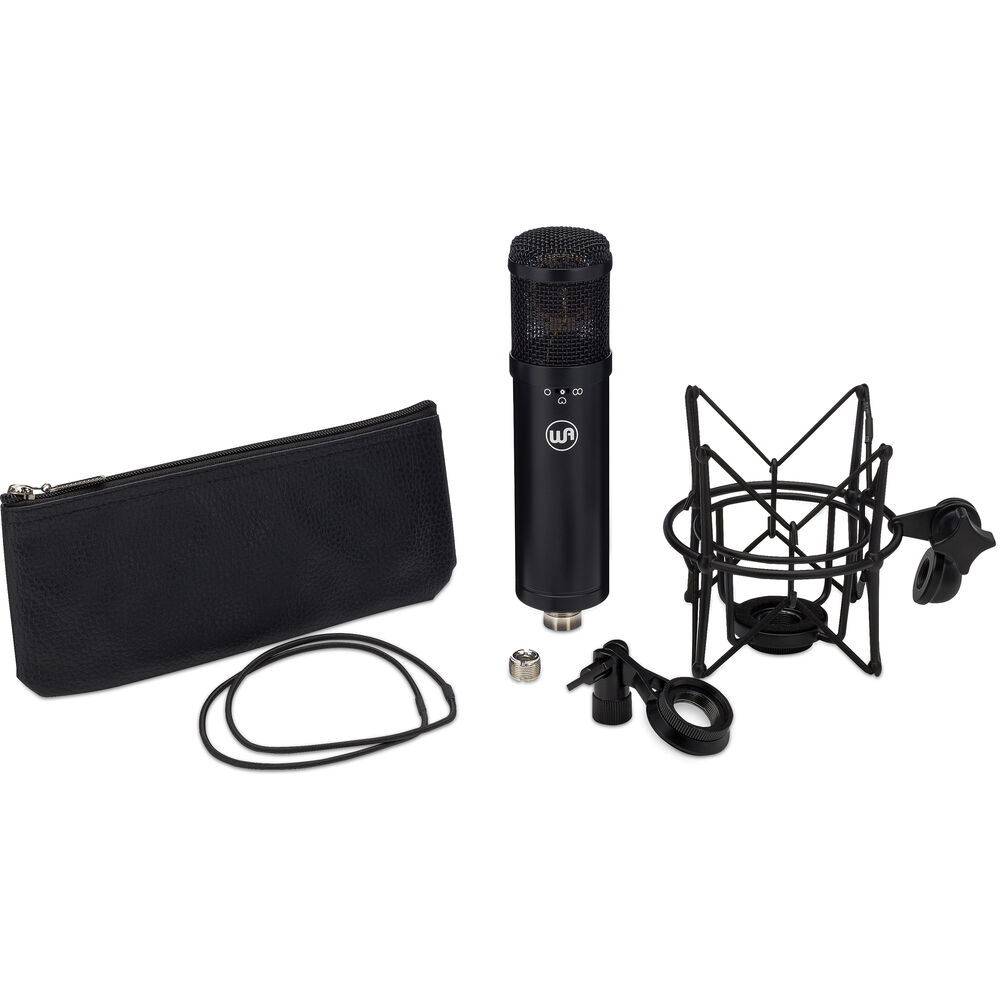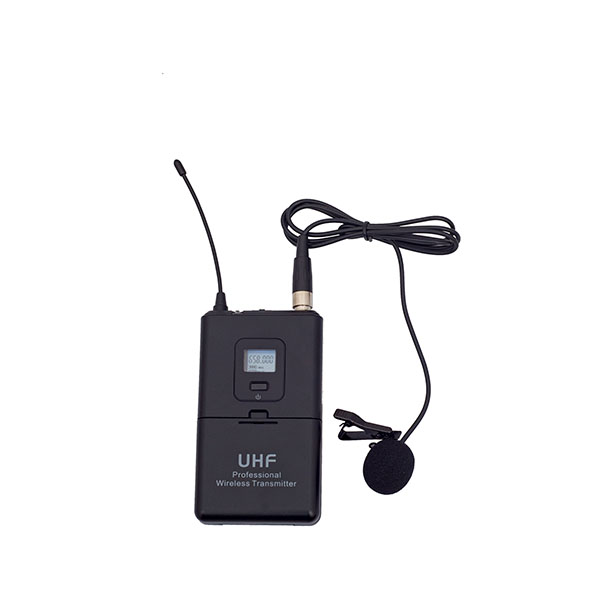

The study findings support the pathogenetic role of ASD in AVH in SZ. Auditory brain circuits encode frequency, attenuation, location in space. It is made up of both peripheral structures (e.g., outer, middle, and inner ear) and brain regions (cochlear nuclei, superior olivary nuclei, lateral lemniscus, inferior colliculus, medial geniculate nuclei, and auditory cortex). We postulate that the men used the implicit auditory cue to calibrate their action system. The auditory system processes how we hear and understand sounds within the environment. Single-session tDCS (true versus sham) did not have any significant effect on ASD in SZ patients. Over time, mens paths were less affected by scene context. SZ patients had a significantly lesser discriminability index in ASD than HC. Auditory Signal Processing and Hearing Devices From active, non-linear processes and numerical models of hearing to internet transmission of music with MP3 or objective speech quality evaluation for mobile phones - the acoustics of hearing have a direct impact on our daily lives, not only with hearing loss or communication problems on lively. This is the pathway between the inner ears cochlea (which takes sounds and turns them into messages) and the brain.

ASD task was performed before and after each session of tDCS.Īuditory hallucination rating scores correlated significantly with false alarm rate, discriminability index, and response bias. The true and sham tDCS were administered (anode at the left dorsolateral prefrontal cortex and cathode at the left temporoparietal junction) on two different days. Subsequently, the effect of single-session tDCS on ASD in SZ patients (N = 24) with AVH was examined in a randomized, double-blind, sham-controlled, cross-over design. The models signal path consisted of a time-varying.

The model's signal path consisted of a time-varying bandpass filter the bandwidth and gain of the signal path were controlled by a nonlinear feed-forward control path. A computational model was developed to simulate the responses of auditory-nerve (AN) fibers in cat. In addition, the stages of analysis of the auditory signal are not as clearly separated or as clearly comprehensible as in for instance the visual system. The ASD performance in SZ patients was compared with matched healthy controls (HC) (N = 24). A computational model was developed to simulate the responses of auditory-nerve (AN) fibers in cat. The auditory brainstem, midbrain, and cortex have a multiplicity of parallel and overlapping pathways, which have parallel but overlapping and interrelated functions. We investigated the correlates of ASD with AVH and the impact of single-session tDCS on ASD in SZ patients. Aberrant auditory signal detection (ASD) is one of the pathogenetic mechanisms for AVH. Transcranial Direct Current Stimulation (tDCS) has been beneficial for treating auditory verbal hallucinations (AVH) in schizophrenia (SZ).


 0 kommentar(er)
0 kommentar(er)
